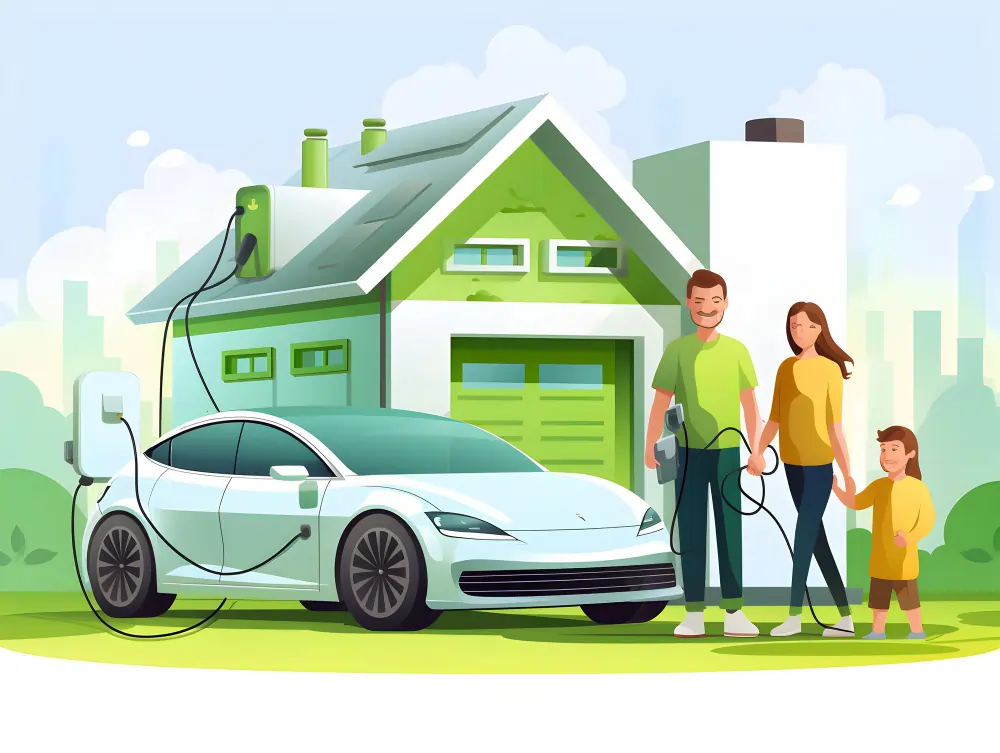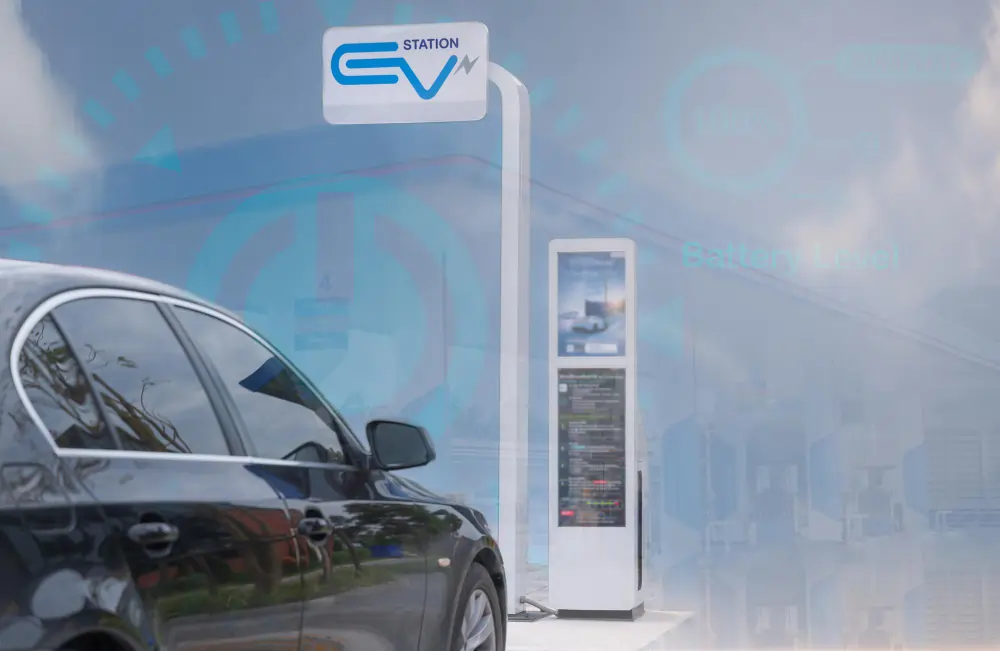As the world moves towards sustainable lifestyles, incorporating ...


The emergence of electric vehicles is transforming urban transport and requiring creative approaches for charging facilities. As urban areas pursue sustainable lifestyles, incorporating EV charging in smart buildings becomes a vital approach. These structures not only improve energy efficiency but also support a more sustainable future. This blog discusses how smart buildings incorporate EV charging to encourage eco-friendly lifestyles, utilizing green technology and building automation.
These buildings are designed to maximize their operational effectiveness and improve user experience via technology. They include several interrelated systems that handle lighting, heating, and energy usage. Through the use of sensors and data analysis, these buildings can adapt in real-time to the requirements of residents while reducing their ecological footprint.
The increasing acceptance of electric vehicles is transforming transportation patterns in city environments. Nonetheless, the achievement of EV adoption greatly depends on the presence of charging infrastructure. Incorporating EV charging stations within smart buildings tackles multiple urgent challenges:
As the switch to electric vehicles accelerates, the demand for electricity will undoubtedly surge. However, buildings imbued with innovative energy management systems can accommodate this increased requirement properly. They can schedule charging during off-peak hours or when renewable energy generation peaks, thereby easing grid congestion.
Moreover, cities worldwide are setting ambitious targets to diminish carbon emissions and advocate environmentally-friendly mobility. By incorporating EV charging infrastructure within structures, urban planners can catalyze widespread adoption of electric cars—integral to attaining such aims. Forward-thinking construction ventures are helping communities meet their greenhouse gas reduction objectives through the installation of charging facilities.
For inhabitants and staff in smart buildings, the availability of EV charging stations on the premises provides unmatched ease. It removes the hassle of locating public charging stations or queuing at crowded spots, enhancing the attractiveness of owning an electric vehicle.
The incorporation of EV charging stations within building automation systems enables smooth management of energy resources. For instance, in times of high demand when electricity prices soar, these systems can momentarily lower power usage in other sectors (such as HVAC) to manage the extra load from EV chargers.
Numerous buildings integrate renewable energy solutions like solar panels or wind turbines. By coinciding EV charging times with peak periods of renewable energy generation—like sunny afternoons—these buildings can lower their dependence on grid electricity and decrease total carbon emissions.
It improves the integration of EV charging by enabling real-time communication between the building's energy management system and the power grid. This ability allows for dynamic load management; for example, during times of elevated electricity demand or high costs, charging can be briefly halted.
Contemporary smart buildings frequently feature intuitive interfaces for accessing electric vehicle charging stations. Mobile apps enable users to find available chargers, book spots ahead of time, and check their vehicle's charging progress from afar—enhancing the overall process to be more efficient and user-focused.
Incorporating EV charging within smart buildings provides various benefits:
By enhancing energy efficiency with cutting-edge technologies and lowering peak demand charges through smart grid features, property owners can realize substantial savings over the long term.
The integration encourages a transition to renewable energy sources and decreases dependence on fossil fuels for transportation—favorably impacting environmental sustainability initiatives.
Structures that offer EV charging amenities are more appealing to prospective renters or purchasers who value sustainability and contemporary conveniences. This may result in elevated occupancy rates and enhanced property values.
As authorities enforce tougher regulations on emissions and sustainable practices, incorporating EV charging stations positions smart buildings advantageously within compliance systems—rendering them more appealing investments over time.

Although the advantages are evident, there are obstacles linked to incorporating EV charging into smart buildings:
The costs related to setting up modern charging infrastructure can be substantial. Nonetheless, these expenses need to be considered alongside long-term savings and advantages.
Current electrical infrastructure might need enhancements to accommodate several EV chargers without straining the system—an aspect that should be included in the planning process.
Motivating tenants and staff to make use of existing charging stations is still difficult; informing them about the advantages of electric vehicles and providing incentives might be essential to enhance adoption rates.
As we look forward, numerous trends are expected to influence the future of smart building integration with EV charging:
V2G technology enables electric vehicles to not only receive power from the grid but also to send excess energy back during high-demand times—improving grid stability and offering potential income opportunities for property owners.
With the advancement of AI and machine learning technologies in data collection, smart buildings will enhance their ability to forecast usage patterns and adjust charging schedules accordingly—resulting in even higher efficiencies.
With the rapid evolution of green technology, smart buildings are expected to integrate additional sustainable practices in their design and operation, further boosting their attractiveness as environmentally friendly spaces.
The incorporation of EV charging in smart buildings marks an important advancement in promoting sustainable living in city settings. Utilizing cutting-edge technologies like building automation systems and renewable energy sources, these buildings not only meet the rising demand for electric vehicles but also aid in achieving environmental objectives. As urban areas increasingly progress towards sustainability, advancements in smart buildings will be essential in creating a cleaner, more sustainable future for everyone.
As the world moves towards sustainable lifestyles, incorporating ...
Electric vehicles represent a defining change for the automotive industry...